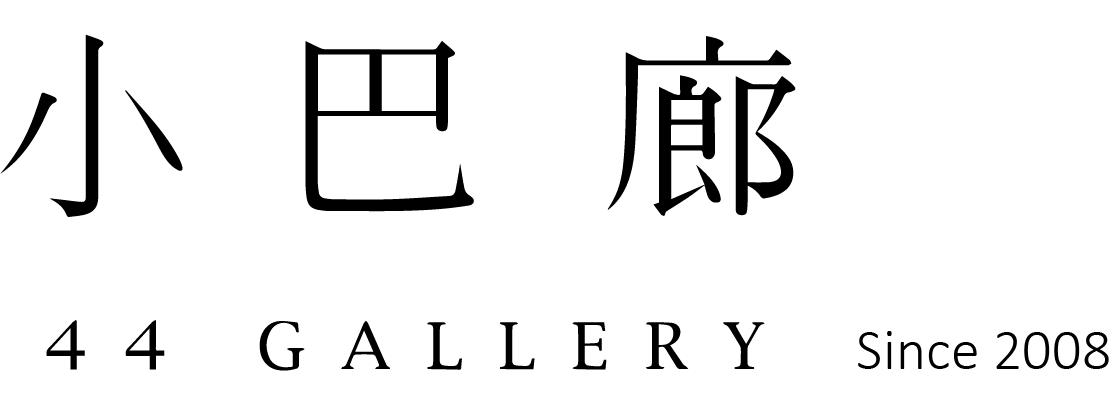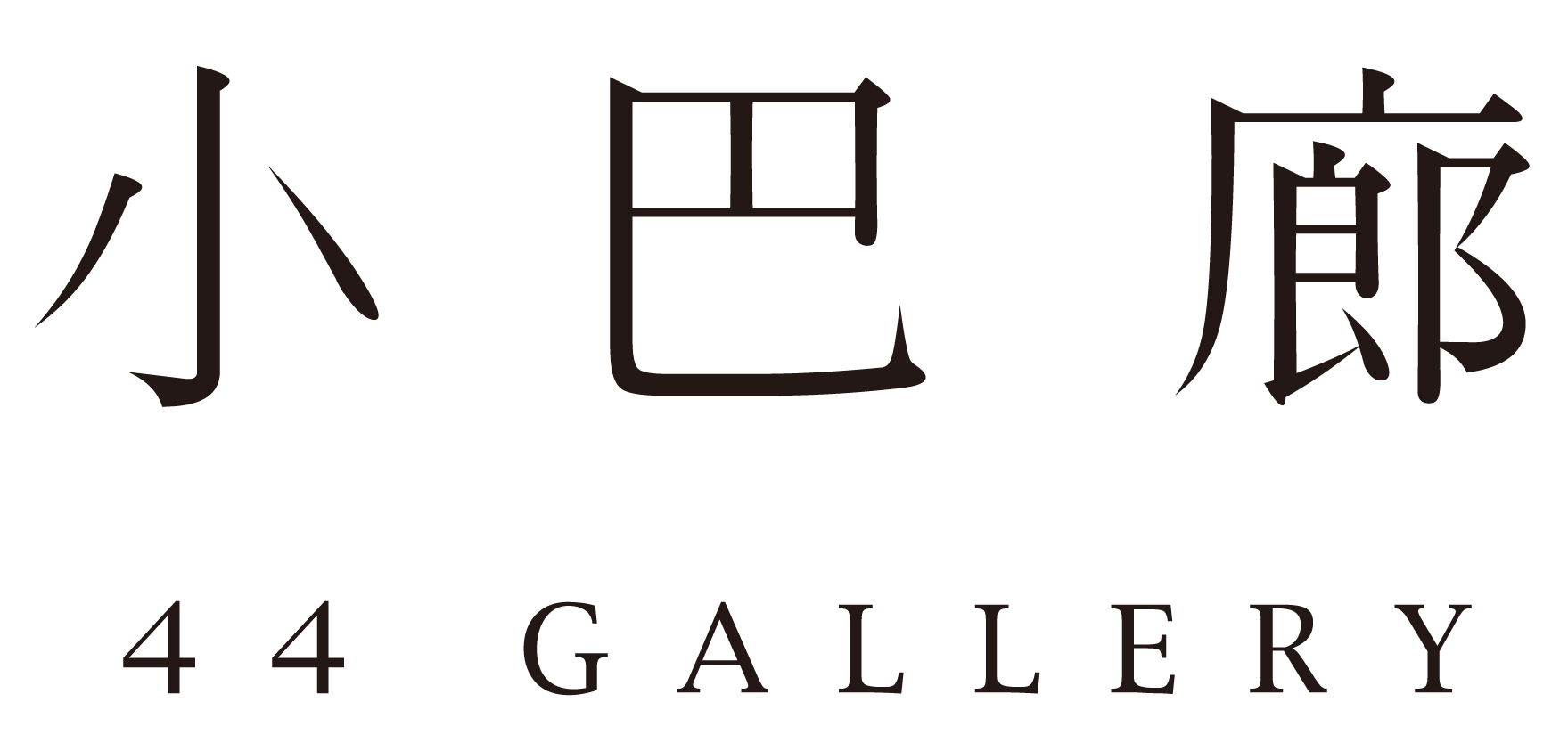『交換一件禮物』- 成果展 -- 35個主人
成果展 2022.11.26 (六) – 12.3 (六)
"交換一件禮物" 計劃,感謝所有的參與者,今年共尋找到35位主人,很高興大家喜歡這個特別企劃,彼此都獲得"收集感"的滿足。
從2014年第1屆的交換展至今年已經是第8屆了,當初是希望重回最原始的部落精神,以物品交換物品的方式,拿心目中認為同等值的品項,來體驗非洲部落交易! 從這次的交換過程中,參與者們透過不同的形式作品交換,包含玻璃藝術,裝置現成物烏龜,數位影像,美國1950 - 1960年代流行的工業風摺紙椅,燈飾,各式媒材的繪畫、木雕創作、陶作品及複合媒材作品….等。也是目前形式最廣面的一次成果展,希望呈現不同的視覺感受。可以發現有趣的是交換本身的精神並非用貨幣價值來衡量,而是可以用不同的形式,感受那無形的內在價值所附加的認同、尊重及情感,回到純樸的物物交換。經濟學家亞當•斯密(Adam Smith, 1723-1790) 曾指出,"在沒有貨幣之前,人們會利用七隻雞交換一頭羊,或者用一袋穀物交換一雙涼鞋。" 這次的交換計畫,對小巴廊來說交換其實是尋找彼此喜歡的東西,並以視覺的搭配為主軸,將交換到的作品與部落藝術作品搭配,呈現出另一種視覺的可能性與對話。 因為喜歡才會有心中的價值產生 . 如果沒喜歡就算是再昂貴的也僅存於擁有者本身 ...。 小巴廊 致力推廣部落藝術,透過這個"年度的交換企劃"讓更多人認識部落藝術,很開心將這些部落作品交換到喜愛它們的主人手中,融入他們生活,帶給他們一點點不一樣的啟發與感受。
The "Gift Exchange" exhibition has now reached its 8th edition since its first event in 2014. Initially, the goal was to return to the most primitive tribal spirit of exchanging items for items—each person offering something they believe to be of equal value, to experience the spirit of African tribal trade.
Through this year's exchange process, participants engaged in exchanging works in a variety of forms, including glass art, found object sculptures like turtles, digital imagery, industrial-style foldable chairs popular in the 1950s–1960s America, lamps, paintings in various media, wood carvings, ceramic works, and mixed-media pieces. This year's exhibition is the most expansive yet, aiming to present a wide variety of visual experiences.
What is fascinating about the exchange is that its spirit is not measured by monetary value, but by the different forms through which participants can feel the intangible inner value—recognition, respect, and emotions—attached to the items. It is a return to the simple barter system. Economist Adam Smith (1723-1790) once pointed out, "Before money, people exchanged seven chickens for a sheep, or a bag of grain for a pair of sandals."
For us at the Small Bar Gallery, this exchange is about finding things that people truly like, with visual pairing at its core. We paired exchanged works with tribal art to present another visual possibility and dialogue. Because value is generated from liking; without that emotional connection, even the most expensive item remains just a possession of the owner.
Small Bar Gallery is committed to promoting tribal art. Through this annual exchange project, we aim to help more people discover tribal art. We're delighted to bring these tribal works into the hands of those who cherish them, integrate them into their lives, and provide new inspirations and experiences.
The "Gift Exchange" exhibition has now reached its 8th edition since its first event in 2014. Initially, the goal was to return to the most primitive tribal spirit of exchanging items for items—each person offering something they believe to be of equal value, to experience the spirit of African tribal trade.
Through this year's exchange process, participants engaged in exchanging works in a variety of forms, including glass art, found object sculptures like turtles, digital imagery, industrial-style foldable chairs popular in the 1950s–1960s America, lamps, paintings in various media, wood carvings, ceramic works, and mixed-media pieces. This year's exhibition is the most expansive yet, aiming to present a wide variety of visual experiences.
What is fascinating about the exchange is that its spirit is not measured by monetary value, but by the different forms through which participants can feel the intangible inner value—recognition, respect, and emotions—attached to the items. It is a return to the simple barter system. Economist Adam Smith (1723-1790) once pointed out, "Before money, people exchanged seven chickens for a sheep, or a bag of grain for a pair of sandals."
For us at the Small Bar Gallery, this exchange is about finding things that people truly like, with visual pairing at its core. We paired exchanged works with tribal art to present another visual possibility and dialogue. Because value is generated from liking; without that emotional connection, even the most expensive item remains just a possession of the owner.
Small Bar Gallery is committed to promoting tribal art. Through this annual exchange project, we aim to help more people discover tribal art. We're delighted to bring these tribal works into the hands of those who cherish them, integrate them into their lives, and provide new inspirations and experiences.




